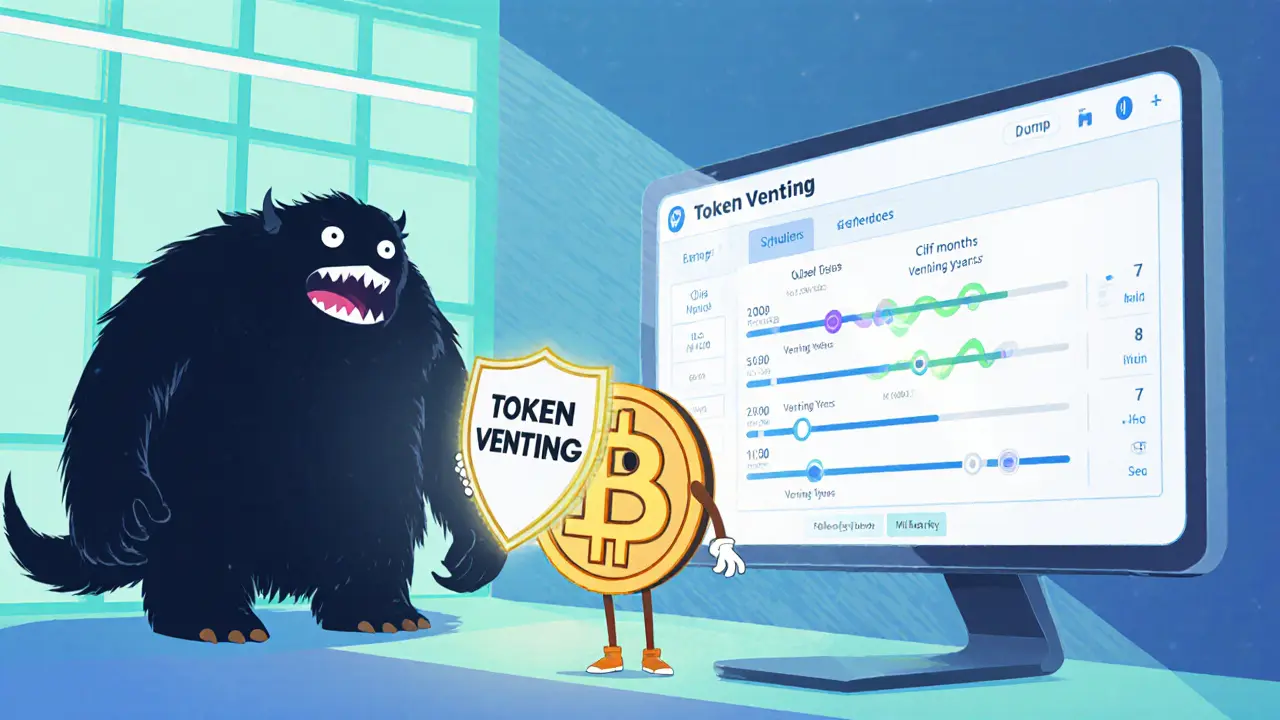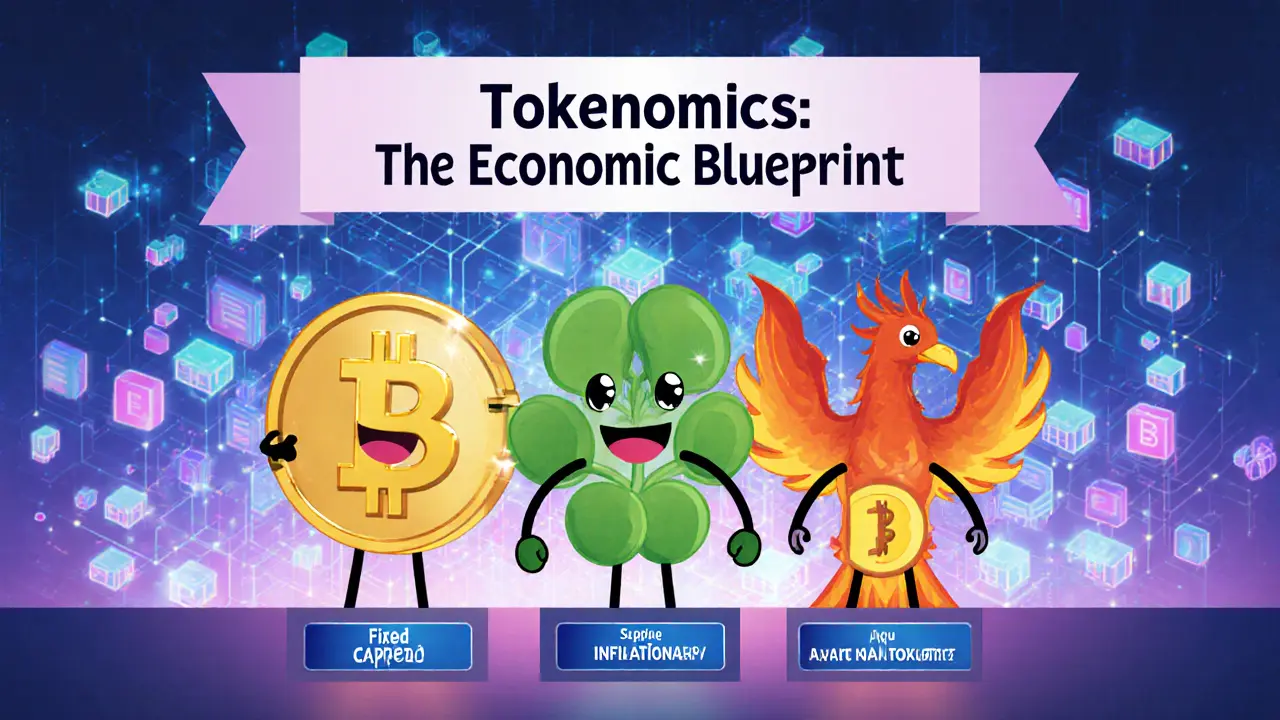When working with Tokenomics, the study of how crypto tokens are designed, distributed, and incentivized. Also known as crypto token economics, it helps investors, developers, and regulators predict a token’s behavior in the market. Understanding Tokenomics is the first step to spotting why some projects skyrocket while others stall. The discipline blends finance, game theory, and code, turning a simple asset into a self‑sustaining ecosystem.
Tokenomics encompasses three main pillars: supply mechanics, distribution plans, and incentive structures. Supply mechanics decide how many tokens exist—fixed caps, inflationary minting, or deflationary burns. Distribution plans lay out who gets what and when, often using vesting, airdrops, or liquidity mining. Incentive structures tie user actions to rewards, shaping demand and usage patterns. Together they form the economic backbone that determines a token’s long‑term health.
Enter Yield Farming, a DeFi strategy where users lock tokens to earn rewards. Yield farming directly reshapes tokenomics because the reward schedule becomes part of the token’s supply dynamics. When a protocol offers high APY, more users lock their assets, reducing circulating supply and potentially driving price up. Conversely, overly generous rewards can inflate supply and dilute value. So, effective tokenomics requires balancing reward rates with the overall token model.
Another cornerstone is Smart Contracts, self‑executing code that enforces token rules on the blockchain. Smart contracts make tokenomics enforceable without a middleman. They handle vesting releases, automatic burns, and fee distributions exactly as written. Because code is immutable, any mistake in the token model becomes permanent, which is why thorough audits are crucial. In short, tokenomics requires robust smart contracts to turn economic theory into reliable on‑chain action.
Regulation also plays a huge role. Cryptocurrency Regulations, legal frameworks that define how tokens can be issued, traded, and taxed shape token design from day one. A token meant for securities may need strict disclosure, while a utility token can focus on network effects. Compliance influences everything from token naming to KYC requirements for airdrops. Ignoring the regulatory landscape can lead to halted projects or costly legal battles.
Finally, Blockchain Interoperability, the ability of different blockchains to communicate and exchange value expands tokenomics possibilities. A token that lives on multiple chains can tap into diverse user bases, liquidity pools, and fee structures. Interoperability protocols like IBC, LayerZero, or CCIP let developers design cross‑chain incentive models, unlocking new revenue streams and reducing reliance on a single network’s health.
All these pieces—supply, distribution, incentives, smart contracts, regulations, and cross‑chain capabilities—interact like gears in a machine. When one gear turns too fast or stalls, the whole system feels it. That’s why a holistic view of tokenomics is essential before you buy, build, or advise on a crypto project. Below you’ll find a curated list of articles that dive deeper into each of these aspects, from detailed DEX reviews to real‑world airdrop guides, giving you the practical insights needed to navigate today’s token landscape.

Explore how token vesting schedules protect cryptocurrency token value by controlling supply, aligning incentives, and boosting market confidence.

Learn what tokenomics is, its key components, and how it shapes cryptocurrency value. A practical guide for investors and creators.

Learn how to spot tokenomics red flags in crypto projects, avoid inflationary traps, and protect your investments with a clear evaluation checklist.